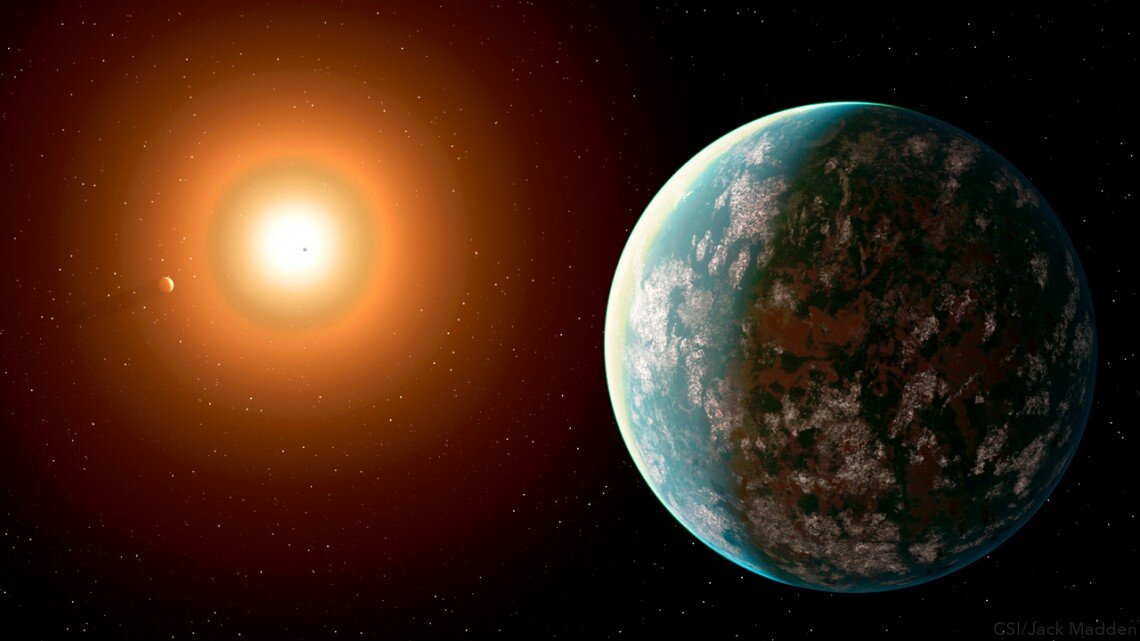Free Courses Sale ends Soon, Get It Now


Free Courses Sale ends Soon, Get It Now



Copyright infringement not intended
Picture Courtesy: https://phys.org/news/2019-07-tess-satellite-uncovers-nearby-super-earth.html
Context: Astronomers confirm the first tidally locked super-Earth exoplanet, LHS 3844b, using Spitzer Space Telescope data to reveal temperature variations, indicating its perpetual orientation toward its star.
Key Highlights

Exoplanet
Source:
|
PRACTICE QUESTION Q. What is the defining characteristic of a tidally locked exoplanet? A) It has a thick atmosphere. B) It orbits its star in a highly elliptical path. C) One side permanently faces its star, while the other is in permanent darkness. D) It is composed primarily of rocky materials. Answer: C |
© 2024 iasgyan. All right reserved